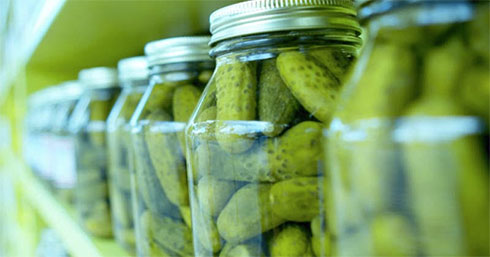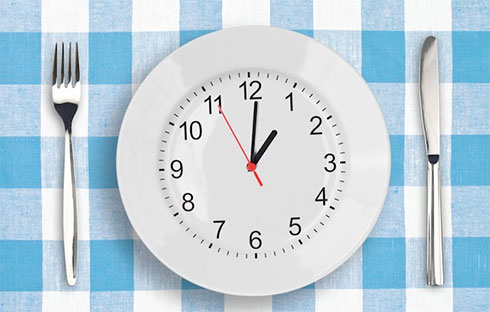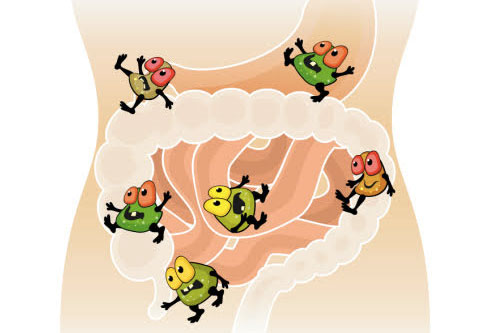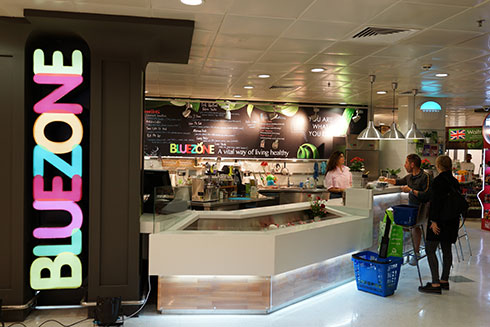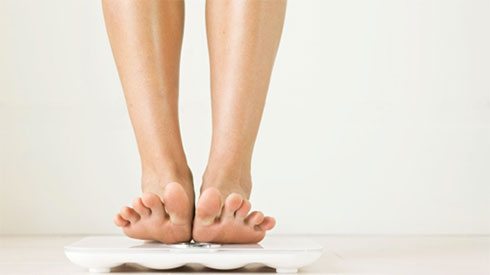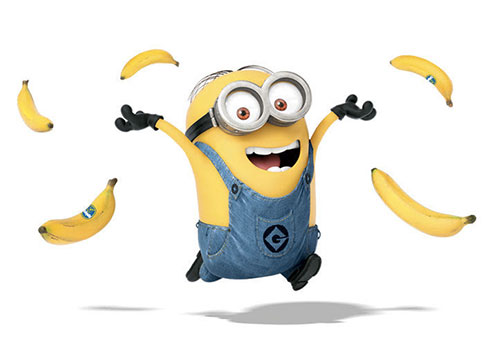
Let’s face it. We’ve all been on vacation. We all know what it’s like to gain a pound or two or five. I have been a victim of really good food in foreign places. Yes, I ate the pizza. Yes, I ate the pasta. And, yes the fried things were delicious. I was a victim of not caring about the consequences of weight gain. Because, I was the one at the table ordering dessert. I was the one ordering the ‘Lava Fudge’ chocolate thing, when everyone else was full. I was a victim of really good food. If this sounds familiar, if this sounds like you, then maybe we can be friends.
I was like, sure, I’ll just go back to Kuwait and I’ll eat like a human being again, that’s easy. It wasn’t and I didn’t. Getting back into the groove was the single hardest thing I ever had to do. At work, when people ordered from ‘X’ I ordered the carbs. I ordered the hummus with the bread. It was me. It was pretty sad to lose so much self-control. It was sad when I realized I lost the battle to ‘batata hara’. I am not proud, but such things happen.
After gaining an inordinate amount of weight, I realized maybe I should opt for one of those diet delivery services. Having a preset menu each day, means I can limit myself from gorging when the only option was left-over machboos when I got home from work.
There were many, as you may already know. Most of these delivery services focused on low calorie and horrible carb intake. They would serve you mrabyan and baryani things. Their nutritions were off. They had lasagna Thursdays, pasta Tuesdays, macbhoos Mondays. But no fiber Saturdays, or low carb Sundays. They were just low calorie empty carbs that did nothing but slow down your metabolism. Basically, their “diet” plans could have been planned by Qamar Al-Din (our driver) and none would be the wiser.
I recently discovered that there are crazy Eastern European specialist who decided to start a diet service, there are at last count 4 that I could find on Instagram. It was interesting and I immediately subscribed. They had paleo options, low carb options…etc, I went with the simple low carb one. Chicken, fish and veggie main dishes. I lasted about a week, right before the problems started to happen. The problem was, they weren’t chefs, and it showed. They did things to passion fruit and chocolate pudding, that they probably shouldn’t have. Not to get into a lot of detail, but I ended up referring to them at work to ‘allah iykarm al ni3ma’ box that I gave to the cleaning crew.
What was even more absurd was the 220 and 240 kd they were asking for a 3 meal plan and a snack for 26 days. Being the fat person that I was post my Mykonos trip, I thought “yes, that was the price to pay for not having a six pack.” but it wasn’t. These people are crazy, Eastern European trainers who wouldn’t know any better. And the less said about the bigger “diet” companies the better. Those were a complete joke. Fun fact number 1: Did you know some of them charge 40 kd to do a blood test to determine your “diet meal plan” but end up giving you the same meal plan as everyone else? Because your blood type has nothing to do with what ever food you should be shoving down your mouth.
Skip here for tldr;
So to summarize: Diet food delivery services tend not to taste so good (at least for me, if you love it, all the power to you), they’re not constantly nutritious (also debatable, but bare with me) and those that were nutritious were just inedible (I have yet to find a service that would break this rule). Worst of all, I’ve come to learn that they take a really big margin.
I did the math, basically it costs 200-240kd for a full 26 day program (breakfast, lunch, dinner and snack) depending on who you talk to.
But, I came to a much more interesting conclusion. If you are as lazy as I am, and you want to have your meals delivered to you without thinking about the consequences, there are options. Options much better than the ones mentioned above.
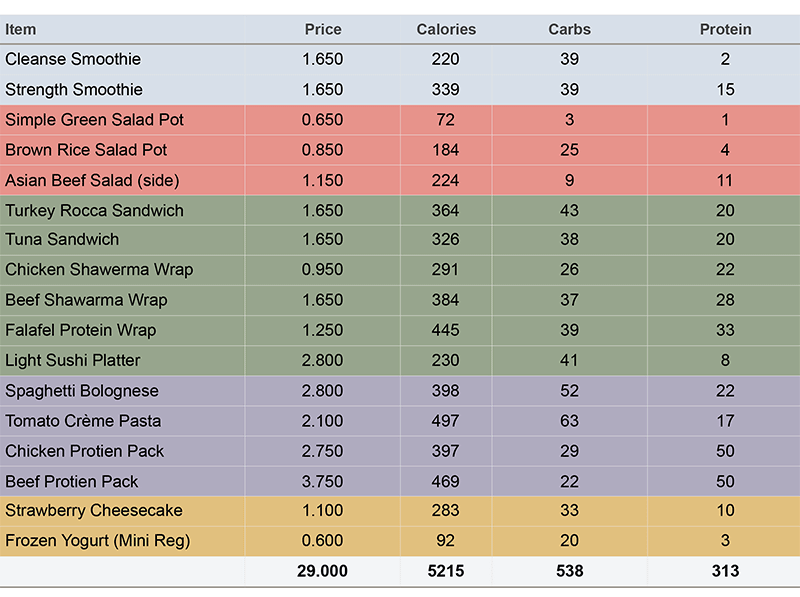
If this post gets some traction, I’d like to update this with a different restaurant every other month. But, for this month I am going to make a ‘weight lose’ plan for Pick Yo. The focus here is on a low carb and aggressively low calorie diet (1200-1300 calories).
Below is a link to a schedule of meals that you can get from Pick that will give you the daily recommended dosage of protein and carbs all for the super low cost of 188 kd a month. Also, it’s not disgusting. I’ve also attached an excel sheet (and Apple Numbers for all you Mac fans) to change the plan around to your desired outcome. Let me know what you think!
Link to [PDF]
Link to [Excel]
Link to [Numbers]
Please note, that I am not a trained dietitian, or an expert on anything. You might die if you follow this diet, but probably not. Basically, the advice you’re getting here is the same one you’ll be getting from any/most/all diet services available in the country today. Only with less BS.
Happy weight loss.
Post by Saud Alkhateib, an amateur Photographer/Videographer who also really loves food. Founder of Saudk.com.












